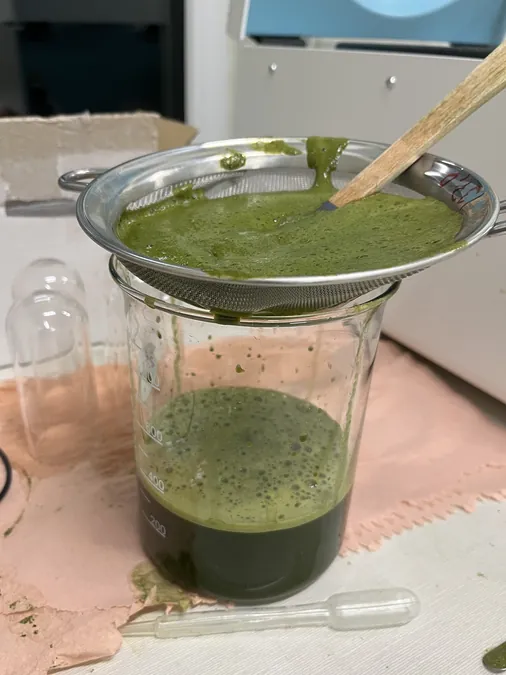
Scientists Shatter a Century-Old Chemistry Rule, Paving the Way for Revolutionary Drugs!
2024-11-01
Author: Arjun
In a groundbreaking discovery, researchers have defied a 100-year-old rule in chemistry, successfully synthesizing a new class of molecules that were once deemed too unstable to exist. This feat not only challenges long-held scientific beliefs but also opens exciting avenues in the development of innovative medicines.
The Anti-Bredt Molecules
The focus of this research revolves around what are being called "anti-Bredt" molecules, which contravene Bredt's rule. This rule, established by German chemist Julius Bredt in the early 20th century, outlines constraints on the formation of double bonds within bicyclic molecules—structures consisting of two interconnected cyclic formations. According to Bredt's observations, carbon atoms located at the junctions—often referred to as bridgehead positions—were believed to be incapable of sustaining double bonds due to stability concerns.
Innovative Synthesis Methods
However, the research team led by Luca McDermott, an organic chemist at UCLA, found that with innovative approaches, these seemingly impossible structures could be synthesized. “If there's a rule that says something absolutely is impossible, then maybe you just haven't thought of the right way of solving it,” McDermott explained, emphasizing the importance of challenging established notions in science.
Complex Olefins and Stability
The team successfully synthesized complex three-dimensional olefins—molecules characterized by at least one double bond connecting carbon atoms—by utilizing highly reactive and unstable anti-Bredt configurations. Although these olefins are not stable enough to be isolated and studied directly, the researchers cleverly devised a strategy involving the immediate reaction of these unstable molecules with other substances, resulting in the formation of more stable derivatives. This technique allowed for an expansive exploration of variations in anti-Bredt olefins and their resulting products.
Implications for Pharmaceuticals
The implications of this research are profound. Co-author Neil Garg noted that these rigid, three-dimensional structures could lead to enhanced interactions with proteins in the human body, potentially resulting in the creation of more effective pharmaceuticals compared to traditional flat compounds. As the team looks to the future, they plan to explore even more unconventional compounds and types of reactivity, indicating a fresh wave of innovation in the field.
A New Era of Scientific Inquiry
Garg stated, “If we can question [Bredt's rule] after 100 years, there are likely countless other established rules awaiting reexamination.” This statement underscores a new era of scientific inquiry, where conventional wisdom may soon be challenged and rewritten.
As researchers continue to push the boundaries of chemical understanding, the door is wide open for groundbreaking advances in medicine and beyond. Are we on the brink of a drug revolution? Only time will tell!


 Brasil (PT)
Brasil (PT)
 Canada (EN)
Canada (EN)
 Chile (ES)
Chile (ES)
 España (ES)
España (ES)
 France (FR)
France (FR)
 Hong Kong (EN)
Hong Kong (EN)
 Italia (IT)
Italia (IT)
 日本 (JA)
日本 (JA)
 Magyarország (HU)
Magyarország (HU)
 Norge (NO)
Norge (NO)
 Polska (PL)
Polska (PL)
 Schweiz (DE)
Schweiz (DE)
 Singapore (EN)
Singapore (EN)
 Sverige (SV)
Sverige (SV)
 Suomi (FI)
Suomi (FI)
 Türkiye (TR)
Türkiye (TR)